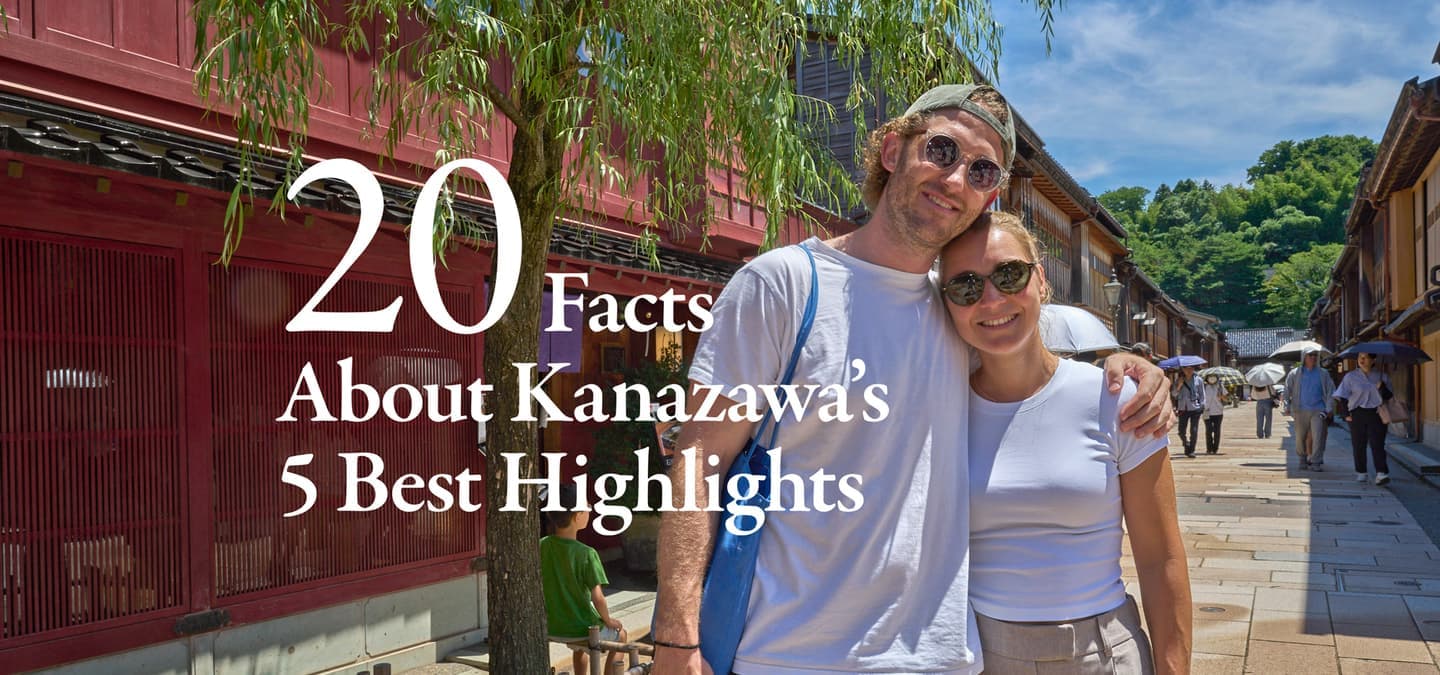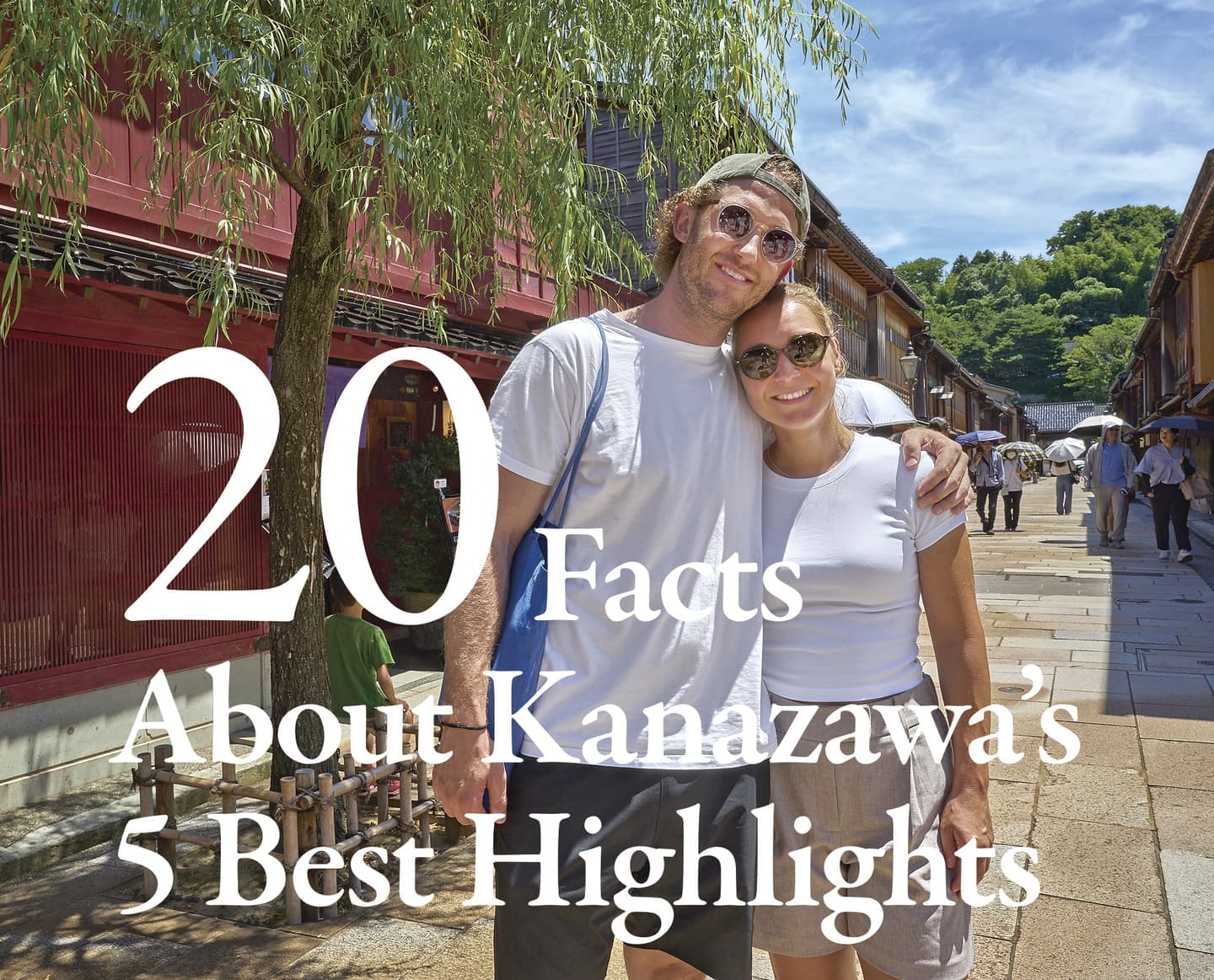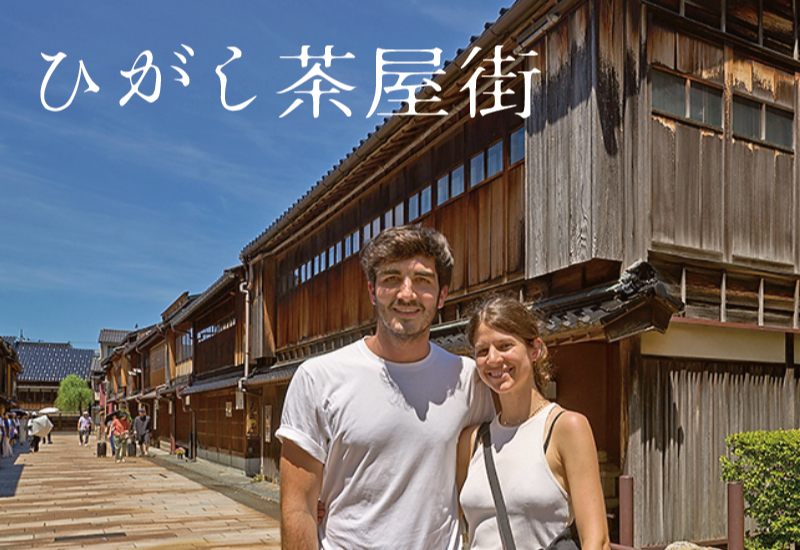Kanazawa boasts five renowned must-visit spots, all located in the city centre and within easy walking distance of one another. While it is enjoyable to simply stroll through the traditional townscape and admire its historical buildings, your trip will be even more fulfilling thanks to the key features and insights that we will share with you in this article featured in eyeon Kanazawa. Let’s explore the city with these stories and make the most of your sightseeing in Kanazawa!
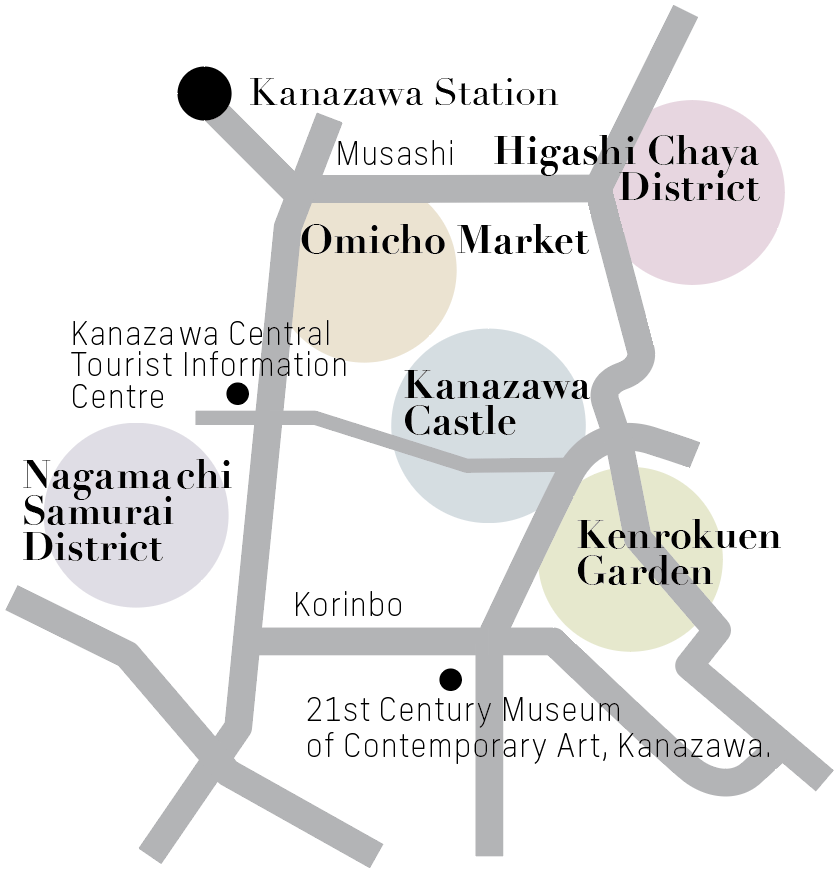
Higashi Chaya District
Since 2001, the Higashi Chaya District has been designated by the Japanese government as an Important Preservation District for Groups of Traditional Buildings. It is one of Kanazawa’s three historic teahouse districts. The district was originally established in 1820 by samurai as controlled areas where geiko (Kanazawa’s term for ‘geisha’) could work and perform, and was once lined with the teahouses where they lived. As of September 2025, four teahouses and 12 geiko continue to preserve and carry on this rich cultural tradition.
1
Where Geiko (Geisha) Are Still Present
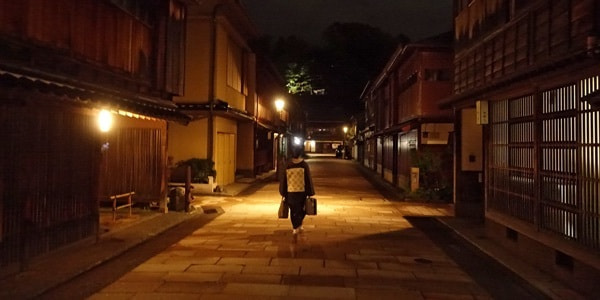
2
Unique Architectural Style
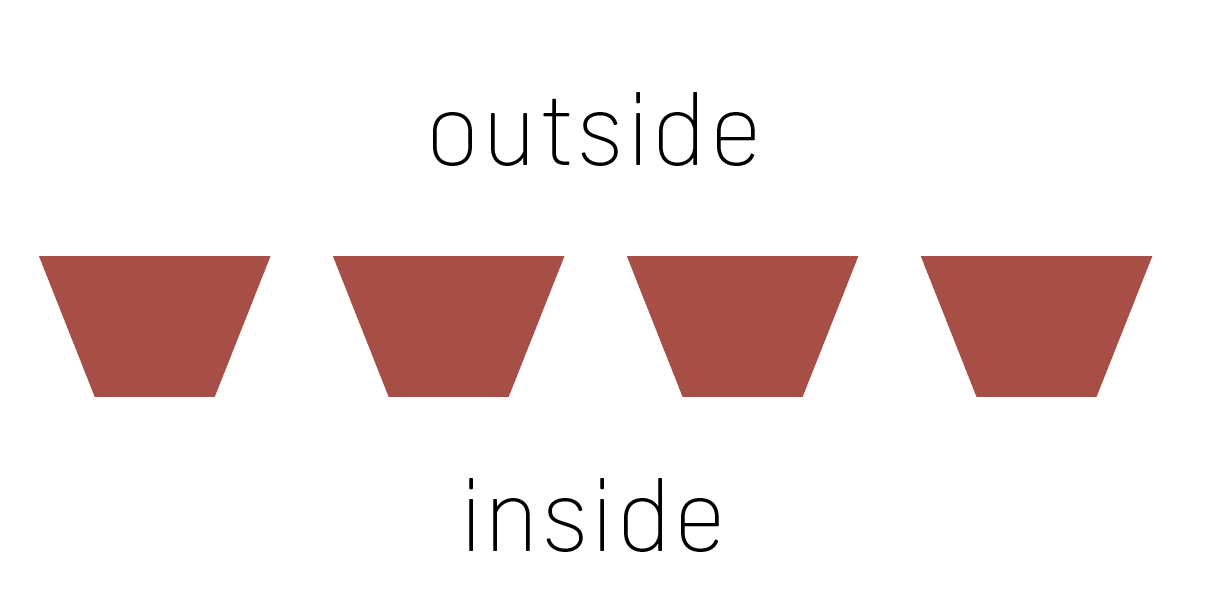
3
Corn Decoration
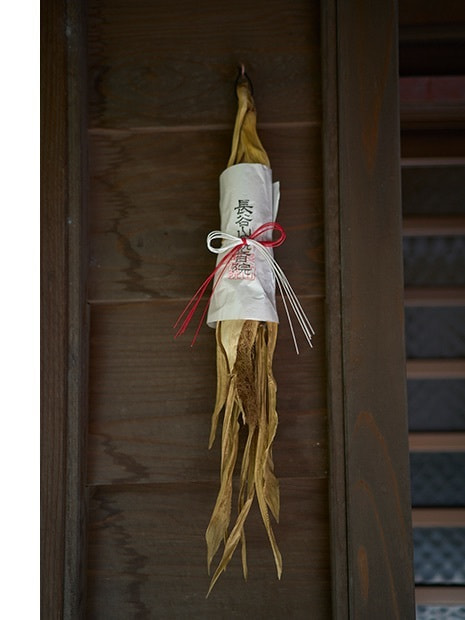
4
Welcome Sign of Noren Curtains
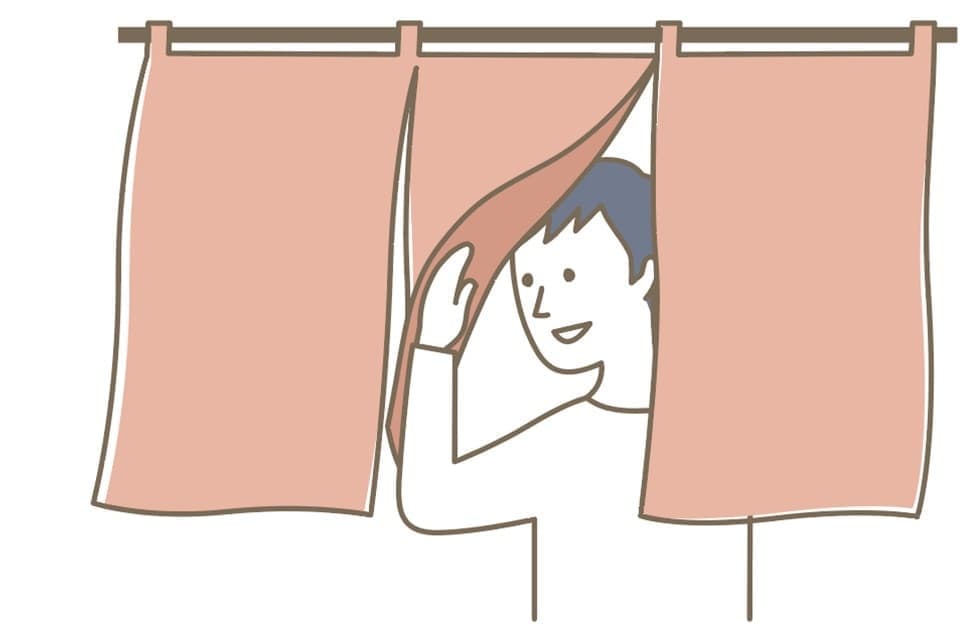
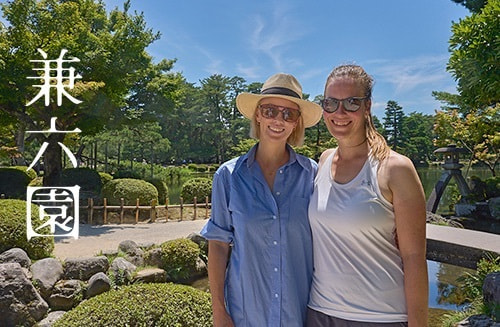
Givanni and Barbara (Italy)
We were impressed by the strong cultural presence here.
Kenrokuen Garden
The history of Kenrokuen dates back to 1676, when the fifth-generation samurai lord built a villa on a slope facing Kanazawa Castle and created a garden around it. This marked the beginning of Kenrokuen. Originally intended for the lord’s private use, the garden was opened to the public about 150 years ago and is now one of the most visited places in Kanazawa. The name Kenrokuen means ‘a garden that combines six attributes’. These attributes are spaciousness, seclusion, artifice, antiquity, water features and scenic views. Together, these qualities make Kenrokuen one of the Three Great Gardens of Japan. It is said to be the only garden in Japan that fully embodies all six characteristics of an ideal garden.
5
The Secret of the Fluffy Green Carpet
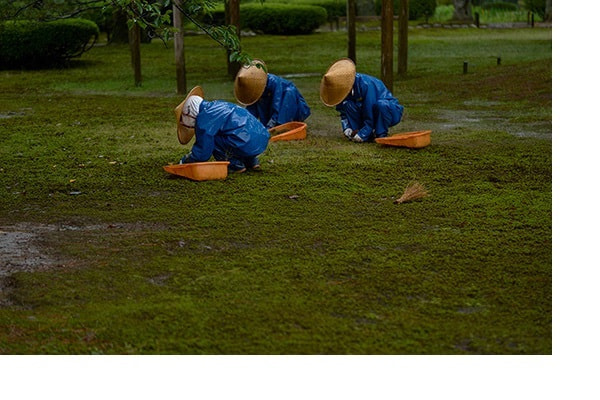
6
A Giant Bonsai Tree?
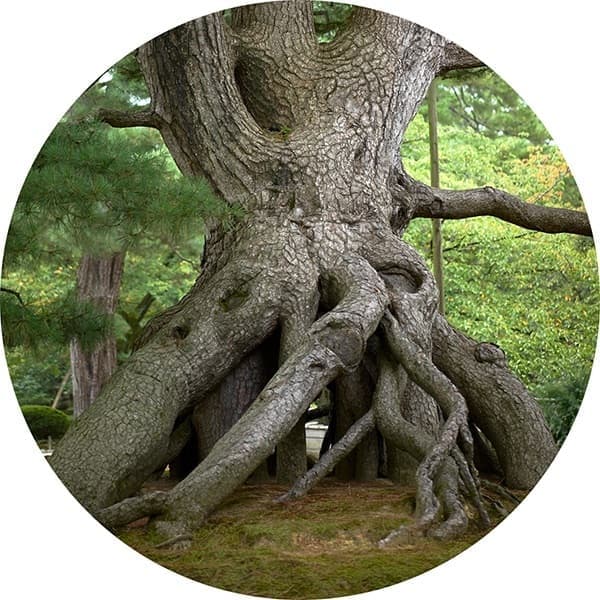
7
Yukizuri: A Work of Art in a Winter Garden
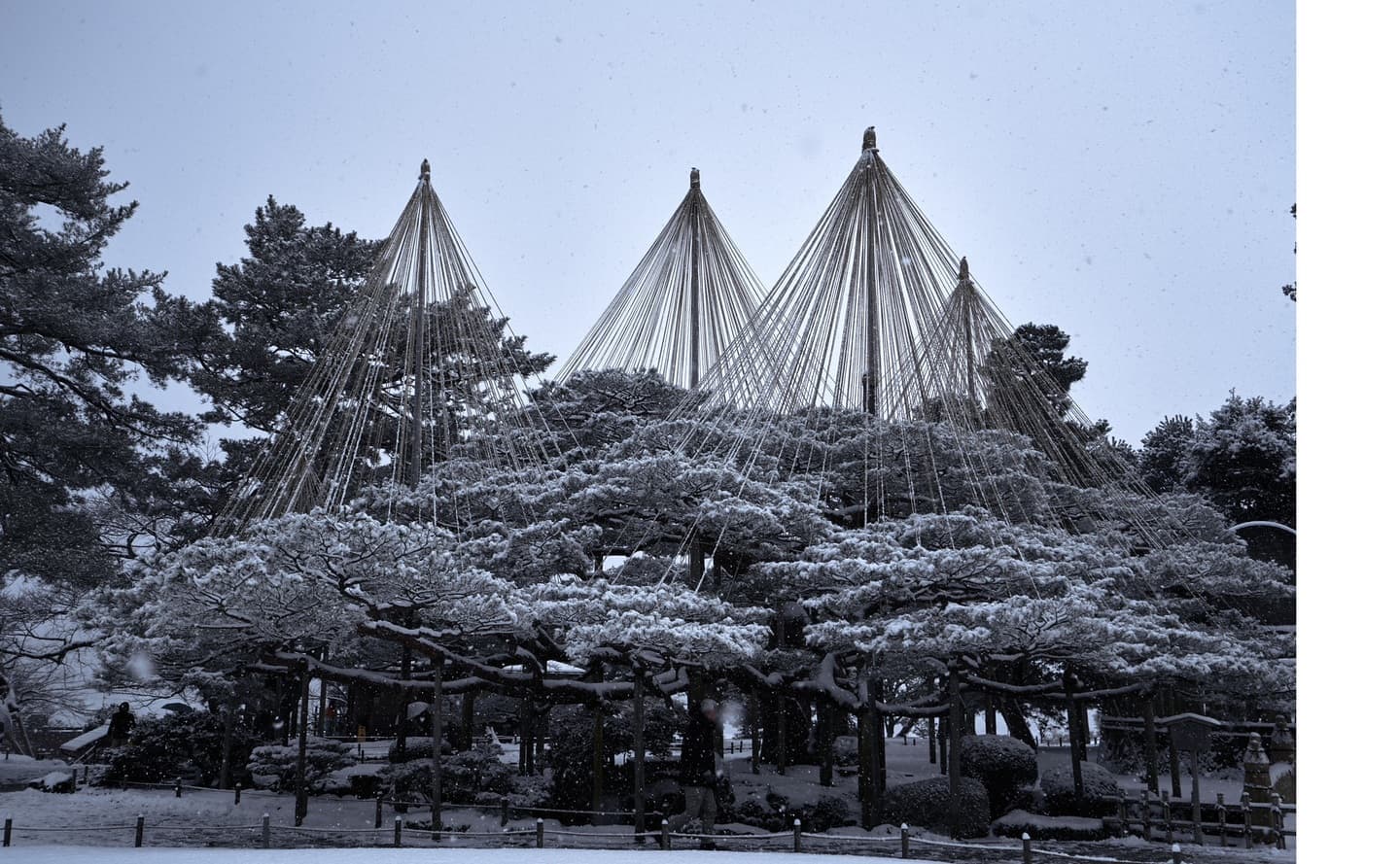
8
The Secret of the Oldest Fountain in Japan
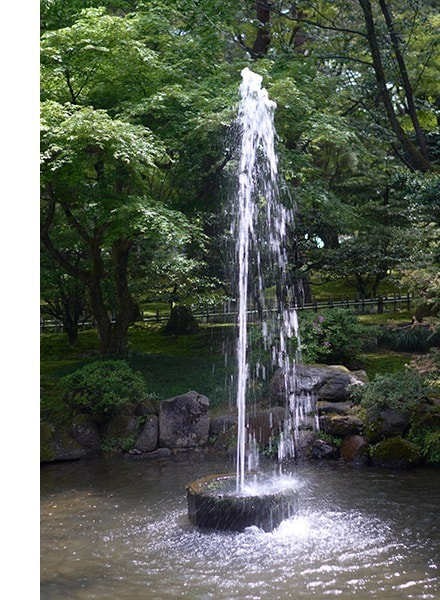
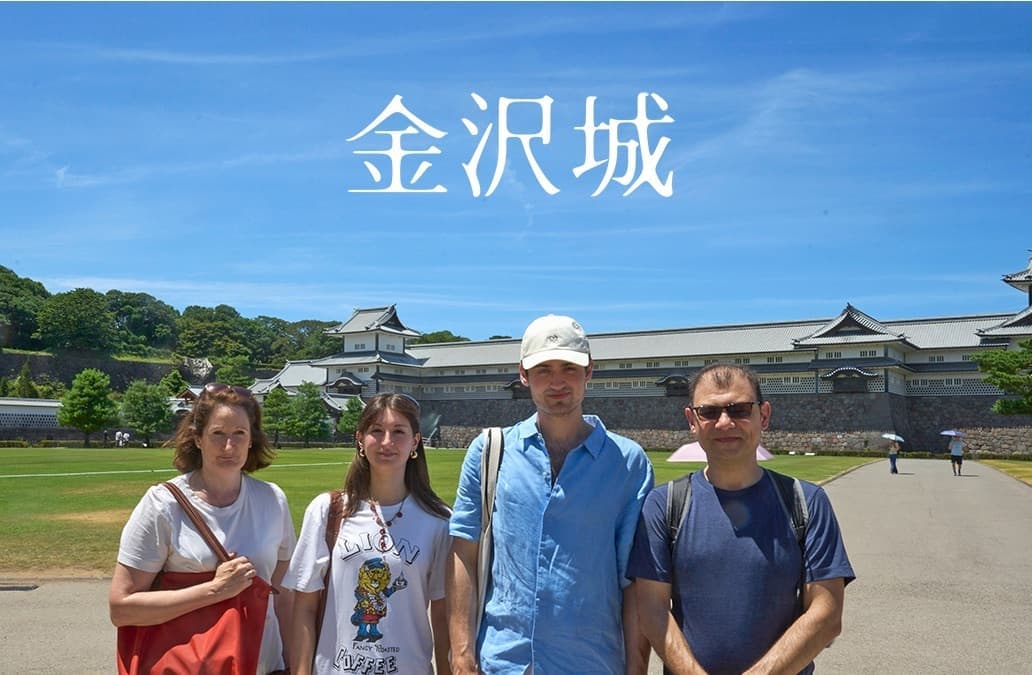
Andrea and Anni (Germany)
We are glad we chose to come here. The garden is absolutely gorgeous.
Kanazawa Castle
The castle town that first laid the foundation for present-day Kanazawa was established in 1583, when Maeda Toshiie, the first lord of the Kaga Domain, began the full-scale construction of Kanazawa Castle. During the Edo period (1603–1867), the Kaga Domain, which ruled much of what is now Ishikawa and Toyama Prefectures, was known as the richest domain in Japan. Kanazawa Castle served as the residence for 14 generations of the Maeda family, who were the successive lords of the Kaga Domain. Although most of the original buildings were lost to fires, the site was opened to the public as Kanazawa Castle Park in 2001, allowing visitors to experience samurai-era structure, faithfully rebuilt using traditional methods.
9
Secret Ways of Attacking Enemies
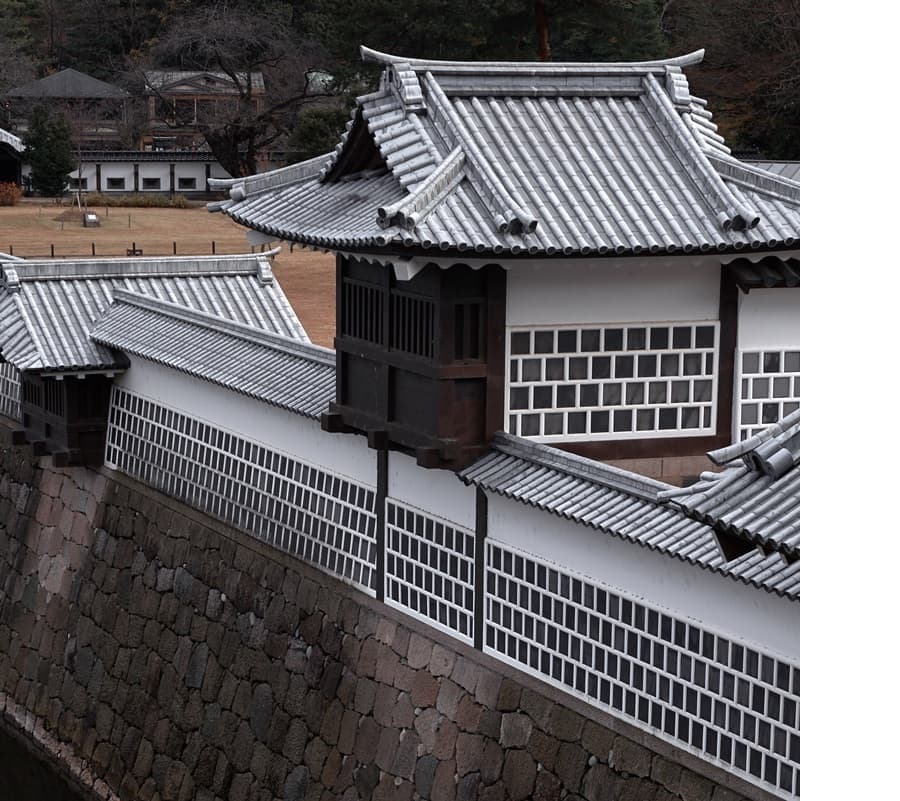
If you look closely at the walls above the stone foundations, their elegant exterior, characterised by grey tiles and white stucco grids, conceals another defensive trick. On the reverse side are small square openings framed with wood. The grey tile can be broken to create a firing position with a gun through one of these openings.
10
Engraved Stone Walls
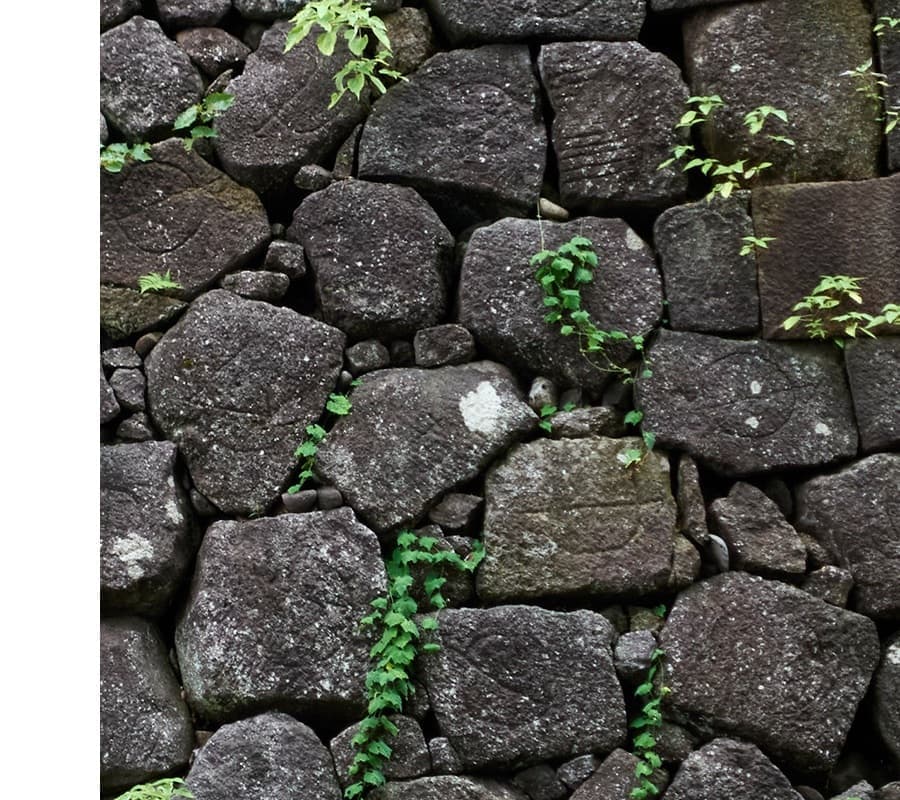
11
White Roof Tiles of the Castle Buildings
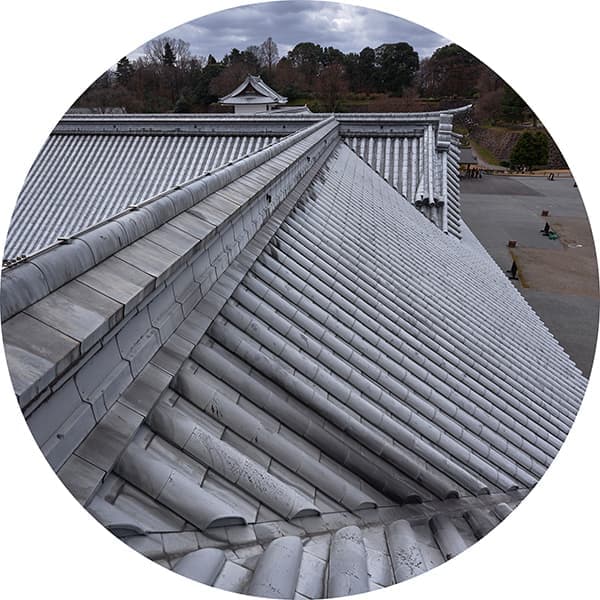
12
Everything is Shaped Like a Diamond
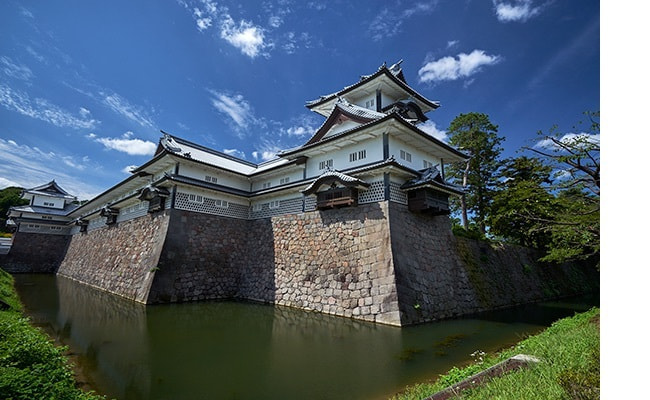
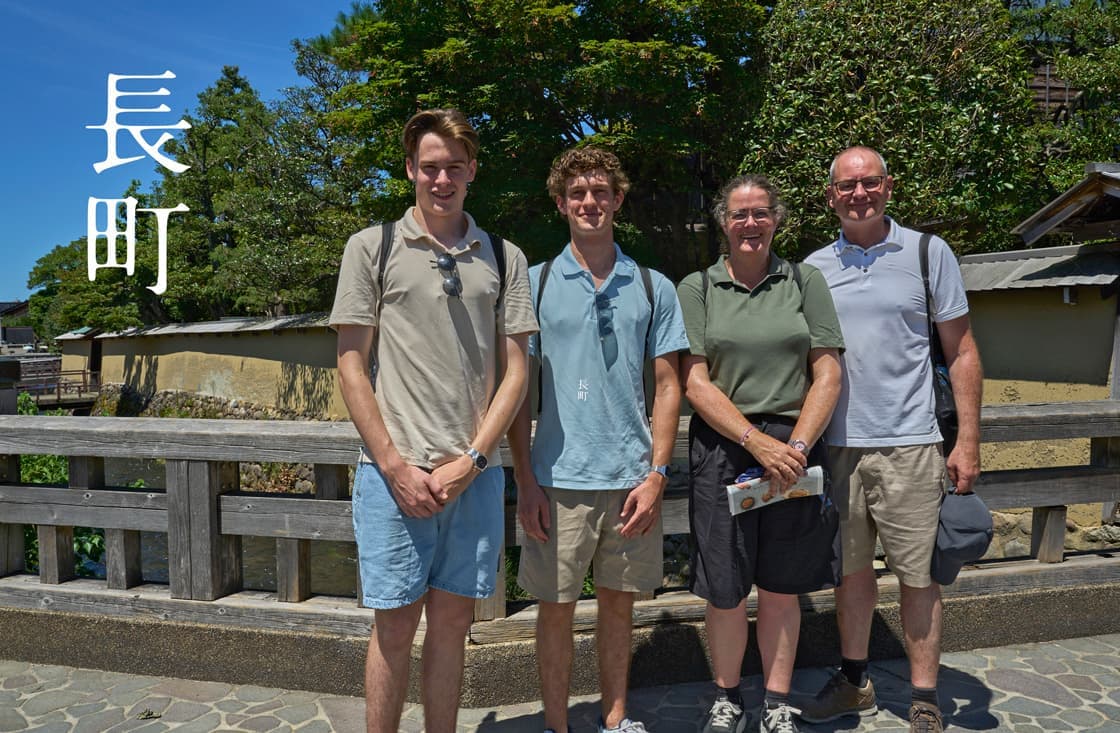
Busker Family (The Netherlands)
The city feels authentic, and we especially love the samurai district.
Nagamachi Samurai District
From the 17th to the early 19th centuries, Kanazawa’s castle town—the foundation of present-day Kanazawa City—was divided into three types of districts: samurai, merchant, and temple/shrine. Samurai districts are thought to have covered about 70% of the town’s total area. Kanazawa retains its beautiful traditional townscapes because it escaped air raids and major natural disasters. Nevertheless, it has suffered many large fires, which destroyed Kanazawa Castle and numerous samurai residences. Located in the heart of Kanazawa, the Nagamachi Samurai District is the only remaining samurai district in the city. It is a rare place where visitors can immerse themselves in the historical atmosphere within its well-preserved earthen walls, narrow cobblestone streets, and residences that once belonged to upper- and middle-class samurai.
13
Where Irrigation Canals Connect
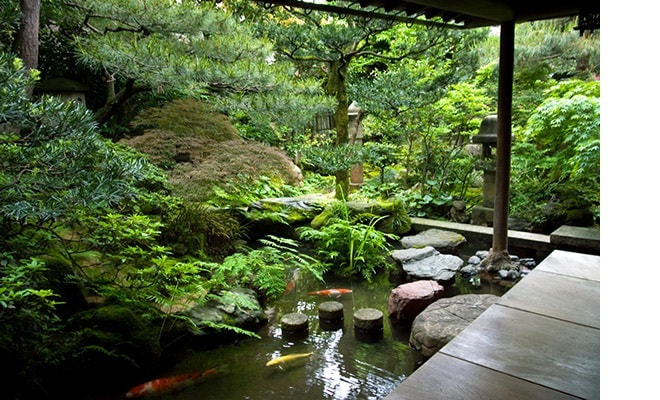
14
Earthen Walls Surrounding the Samurai Houses
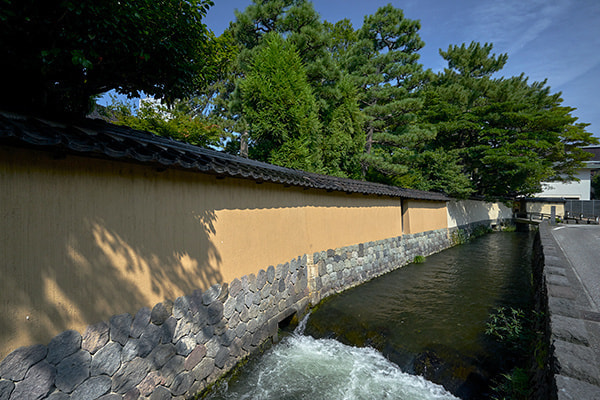
15
Komogake: A Winter Jacket for Earthen Walls
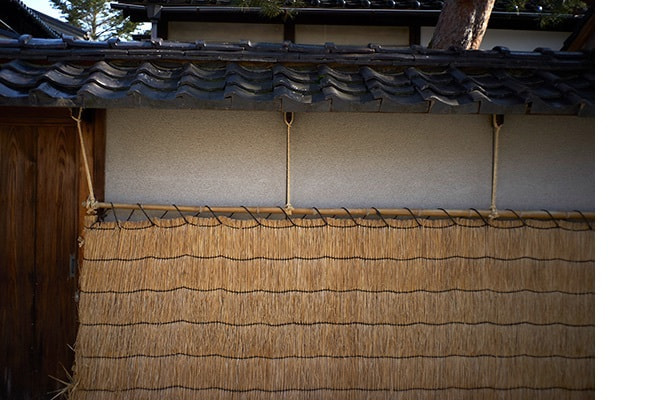
16
Tourist Attraction or Private Residence?
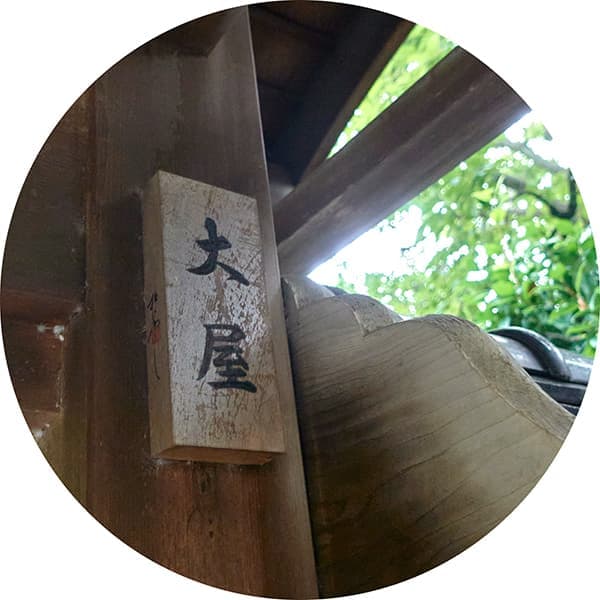
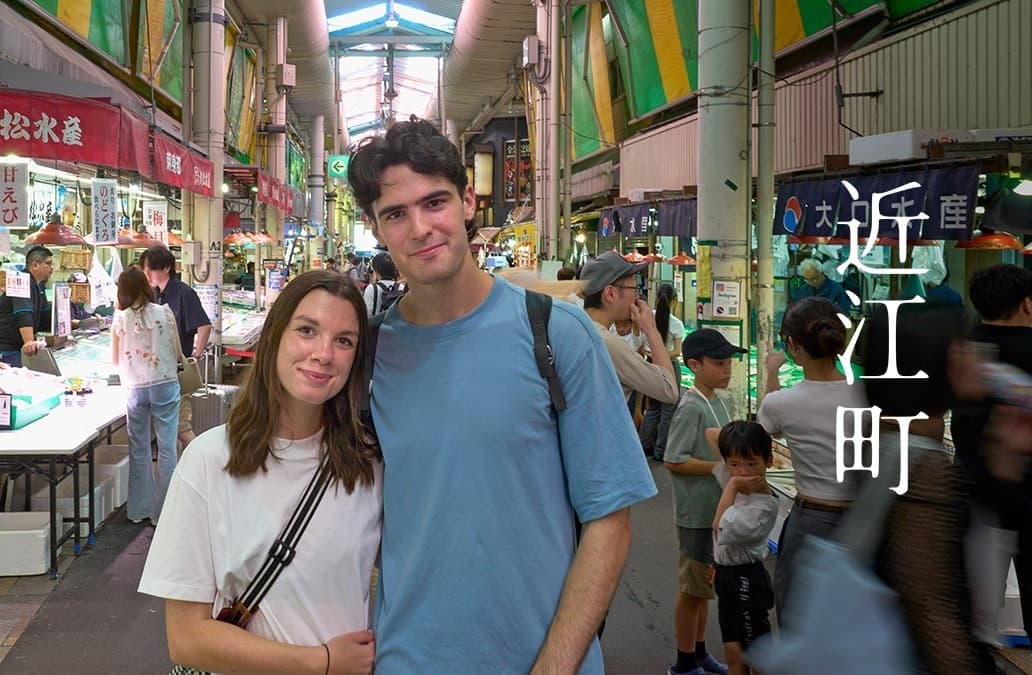
Lydia and Jacob (United Kingdom)
We arrived this morning, visited the garden and castle, and then came here for lunch.
Omicho Market
With a history spanning over 300 years, Omicho Market once supplied fish that was specially prepared for the samurai’s kitchen inside Kanazawa Castle. While there are various theories about the origin of the current market, one suggests that smaller markets in the area were destroyed by fires. This led to their reopening at the current location, which eventually developed into the large market structure seen today. Since 1904, when Omicho Market became open to the public, it has remained a hub for locals, with around 170 stalls, and a thriving community in the heart of the city. Why not visit, experience local food culture, and enrich your culinary journey in Japan?
17
How to Manage Your Temptation

18
What to Do When Queuing

19
How to Take Instagram Photos

20
Plan Your Visit Wisely

Want to Know More?
With the information provided in this spread, we are confident that you will have a great time exploring the city. If you would like to dive deeper into some of the spots mentioned, then check out the convenient ways to do so below!
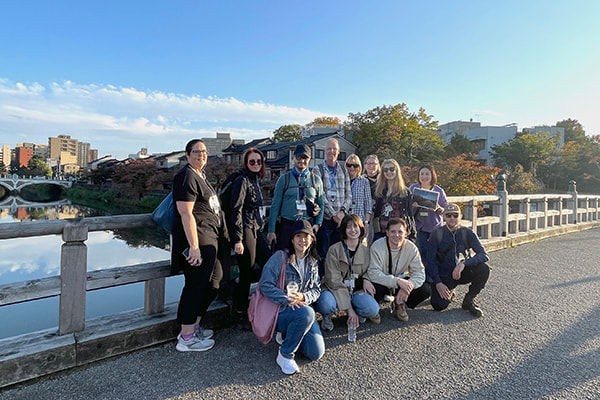
eyeon® Kanazawa’s Walking Tour
in the Geiko Districts
Dates: Tuesdays and Thursdays between 30 Sep. and 20 Nov. 2025
Time: 14:00-16:00 (2 hours)
Price: JPY 5,500 per person
Capacity: 10
Booking: www.artofgeisha.com
This tour focuses on the history and culture of the Higashi Chaya District and Kazue-machi Chaya District, as well as the geiko who are active in these districts. Guided by an English-speaking eyeon Kanazawa staff member, you will enjoy a two-hour walk, filled with fascinating stories and hidden paths you might not discover on your own.
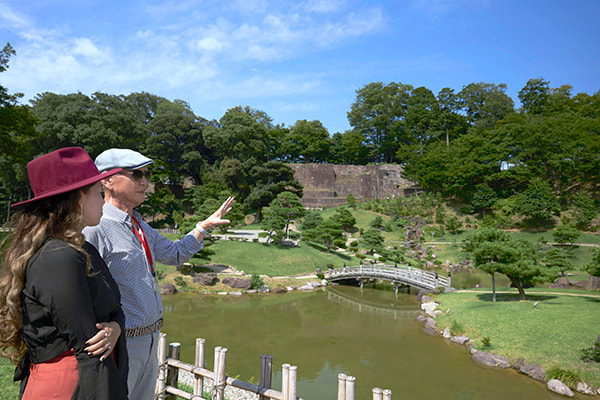
Volunteer Guides
at Kenrokuen Garden
and Kanazawa Castle Park
Dates: Daily (except during the New Year holidays)
Time: 9:30–15:30
Price: Free
Details: https://www.pref.ishikawa.jp/siro-niwa/english/borantia.html
Knowledgeable English-speaking volunteer guides from the Kanazawa Goodwill Guide Network are available for tours of Kenrokuen Garden and Kanazawa Castle Park. You can find them at the Ishikawa-mon Gate Information Centre. Please note that only one or two English-speaking volunteer guides are on duty at a time, and reservations are not accepted. Simply stop by and check availability on the spot.




